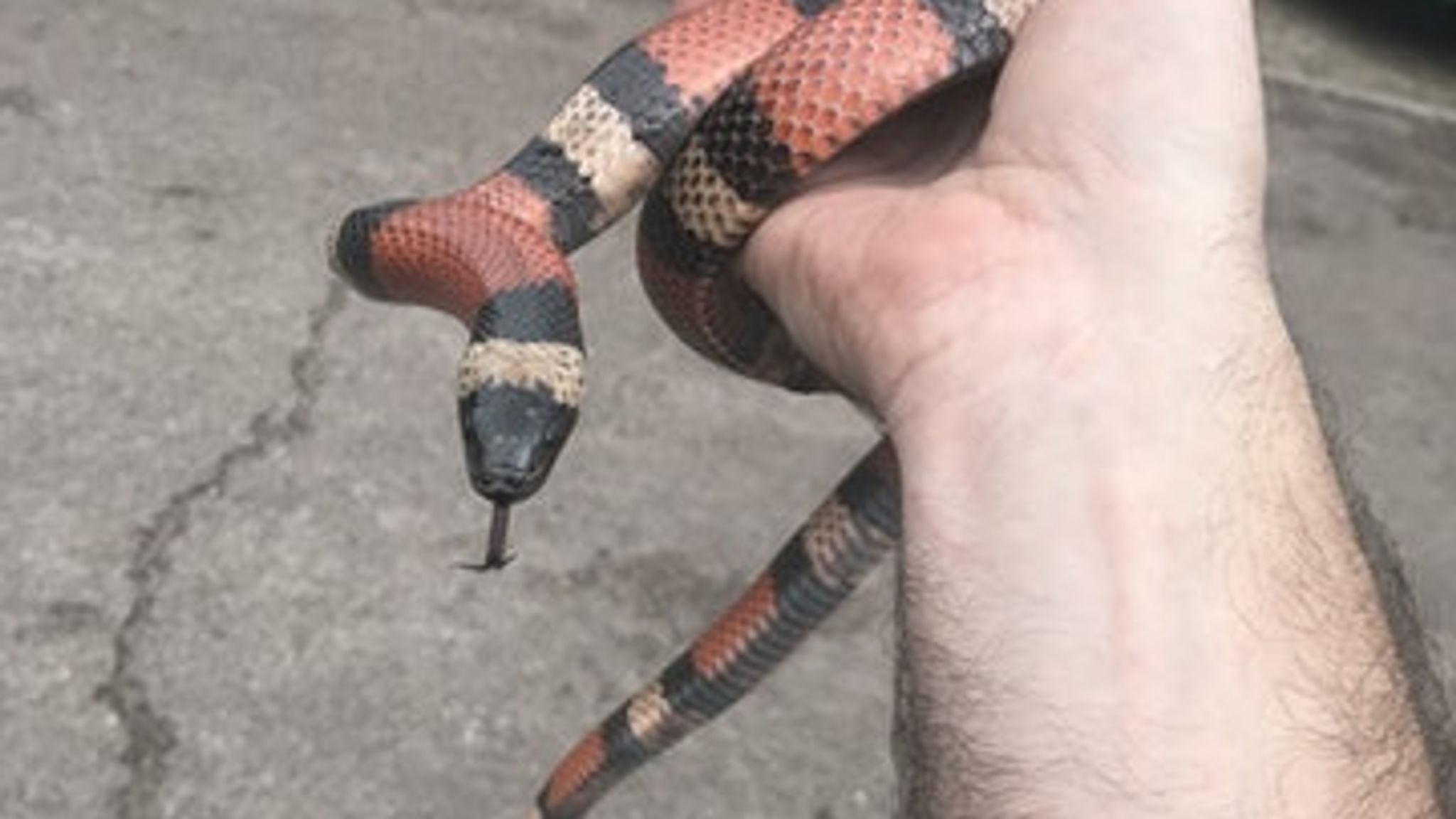
Subsequently the Bureau considered trapping juvenile fish above the dam and hauling them in trucks to a release point below the dam, and also trapping adult fish below the dam and hauling them to a release point above the dam. But the United States Commissioner of Fisheries, Frank Bell, studied the plans and determined they would not work because the dam was too high - about 350 feet from the downstream side to the usual level of the reservoir behind the dam. In 1933, the Bureau recommended a flume and an elevator to collect and carry fish over or around Grand Coulee. Passage facilities for salmon and steelhead were under consideration at both dams. The same year Rock Island was completed, the Bureau of Reclamation began construction of Grand Coulee Dam 143 miles upstream, and the Army Corps of Engineers began work at Bonneville Dam 320 miles downstream. The dam was built by Northwestern Power Company, which later became part of Puget Sound Power and Light Company (Puget Sound Energy today). The first dam completed on the mainstem Columbia, Rock Island in 1933, included a gently inclining fish ladder. Similarly, the Army Corps of Engineers built a fish hatchery a short distance downstream from Dworshak Dam to compensate for the lack of salmon and steelhead passage. Subsequently, the company reached agreement with the Federal Power Commission to compensate for the loss of salmon and steelhead spawning habitat upstream of the three-dam complex by producing fish at hatcheries downstream of the dams. The Idaho Power Company attempted fish passage at its complex of three dams on the Snake - Hells Canyon, Oxbow and Brownlee - in the late 1950s, but these were unsuccessful. In the Snake River system, fish passage ends at Hells Canyon Dam, at River Mile 247, and, on the North Fork Clearwater River, at Dworshak Dam, which is about three miles from the confluence of the North Fork with the mainstem of the Clearwater. Before that dam was completed, fish passage ended at Grand Coulee Dam, 51 miles upriver. Fish passage ends at Chief Joseph Dam at River Mile 545 on the Columbia. The protection of only one or two portions of the run will not be sufficient, inasmuch as certain races will be left entirely unprotected.”įish passage at the big dams on the Columbia always has been problematic. “Knowing further that each race is self-propagating, it becomes perfectly apparent that all parts of the salmon run in the Columbia River must be given adequate protection if the run as a whole is to be maintained. The commission estimated that 50 percent of the prime spawning and rearing habitat in the Columbia Basin had been lost, although surveys would not begin to assess actual losses until 1938. Irrigation diversions began to be screened in the 1930s, but the progress was slow. In 1931, the Oregon Fish Commission adopted a policy to protest applications for new dams or irrigation projects filed with the state if they did not include provisions for protecting the upstream and downstream migration of salmon. In 1890, Washington’s Legislature passed a law requiring fishways to be built at dams “wherever food fish are wont to ascend.” The law authorized the state commissioner of fisheries to levy fines for violations and ask courts to order the removal of illegal dams, but the law was not well-enforced. The problem of getting juvenile fish safely past dams on their downstream journeys and adult fish safely past dams when they return to spawn was recognized even before the end of the 19 th century. These dams block access to more than 40 percent of the habitat once available to salmon and steelhead in the Columbia River Basin.

At some dams there is no fish passage for either juvenile or adult fish.

Juvenile salmon and steelhead are sluiced over dam spillways, collected and transported around dams in barges and tank trucks, diverted past dams in fish bypass systems and even, in one brief-lived experiment in the 1970s, flown down the lower Snake and Columbia rivers and dropped from an airplane, giving new meaning to the term “flying fish.”įish ladders and even water-filled fish elevators have been built to try to improve the survival of adult salmon and steelhead as they return upriver. With more than 400 dams in the Columbia River Basin, and more than half of them dedicated fully or partly to generating hydropower, the region’s primary source of electricity, fish passage at dams has been a major problem for nearly as long as dams have been built in the basin. Dams block the downstream movement of juvenile fish to the waters where they will spend their adult lives - the ocean for salmon and steelhead, or a lake or river for resident fish like trout, bull trout, or sturgeon. A dam presents an obvious obstacle to migrating fish.


 0 kommentar(er)
0 kommentar(er)
